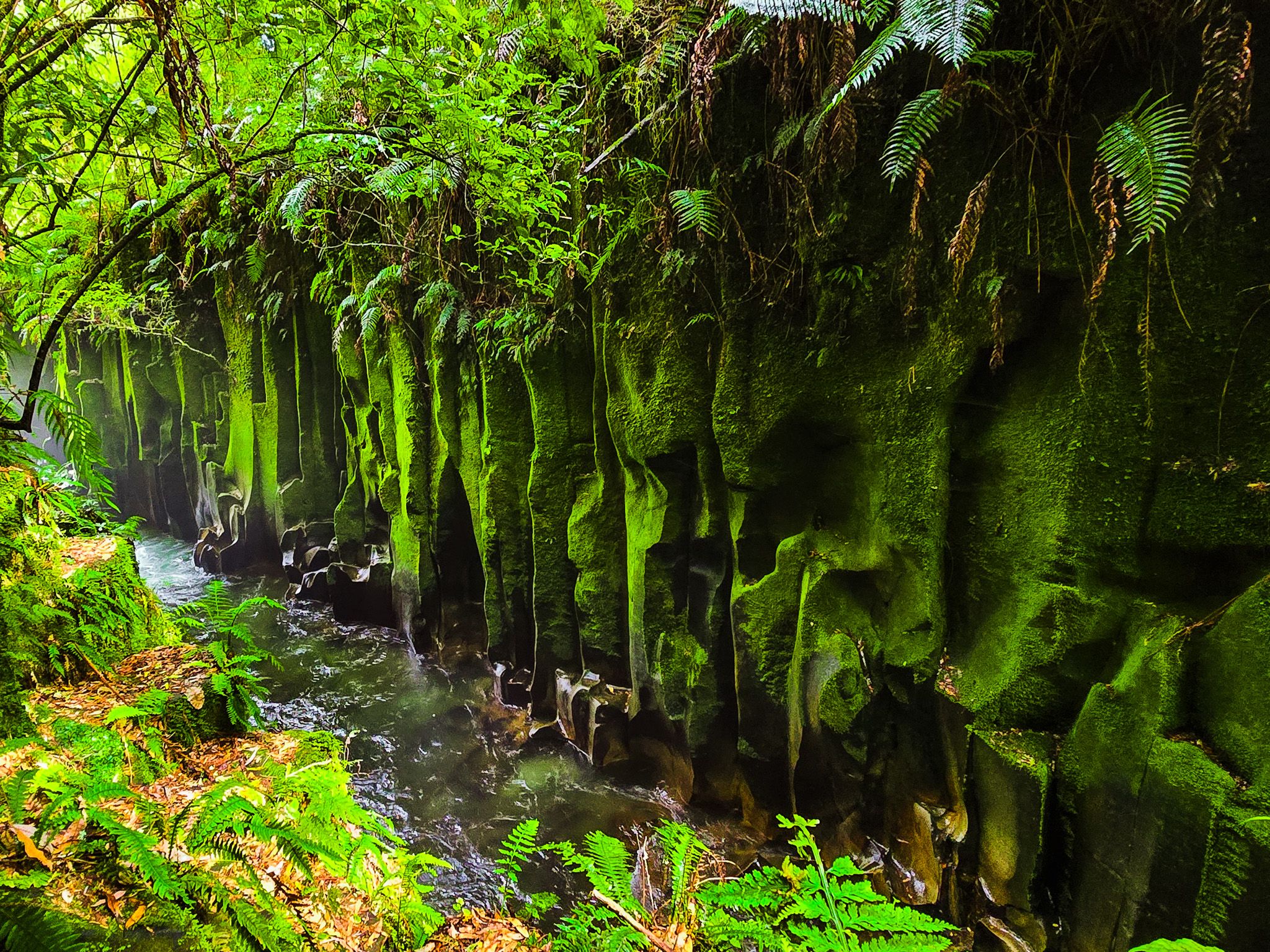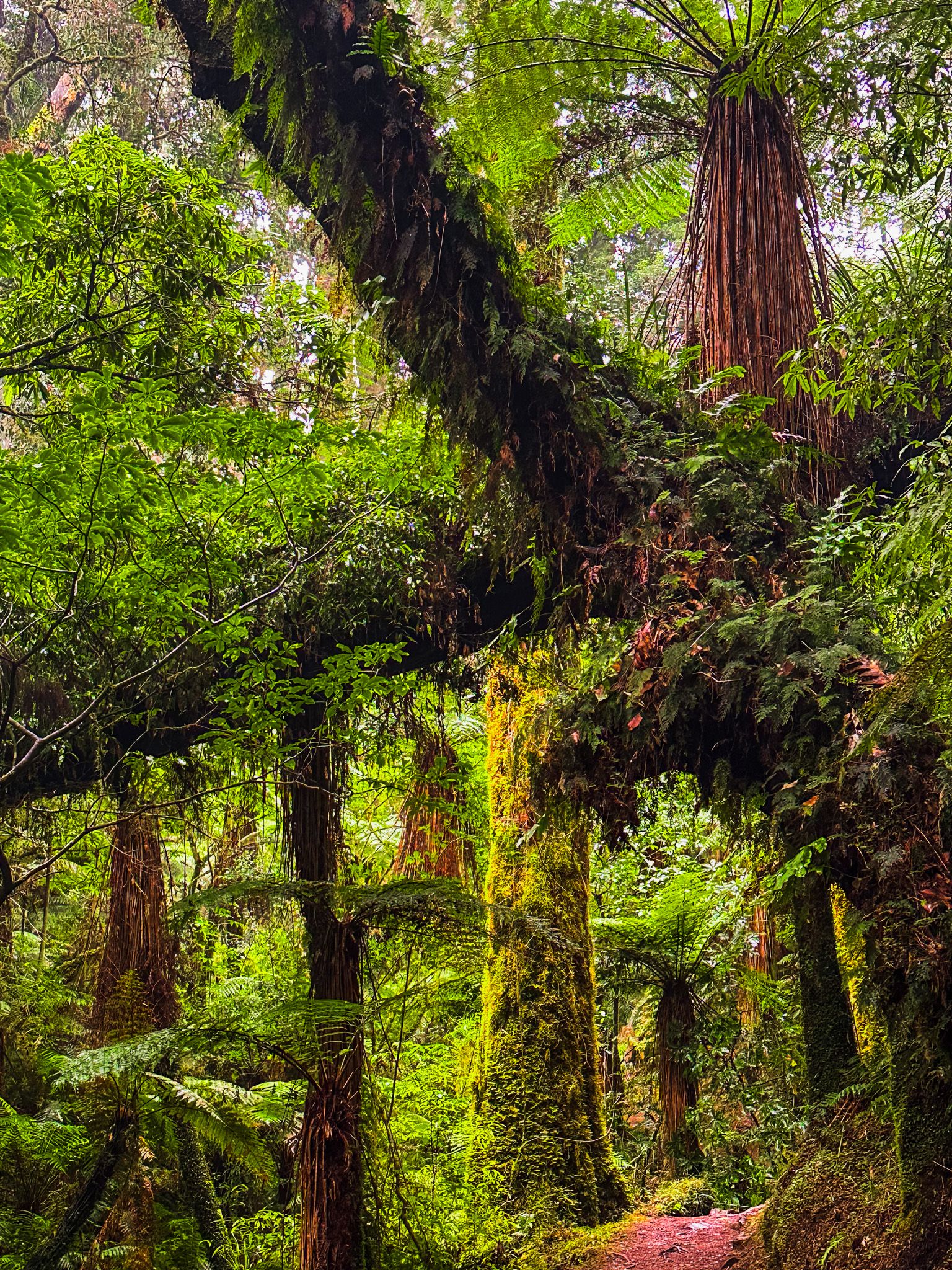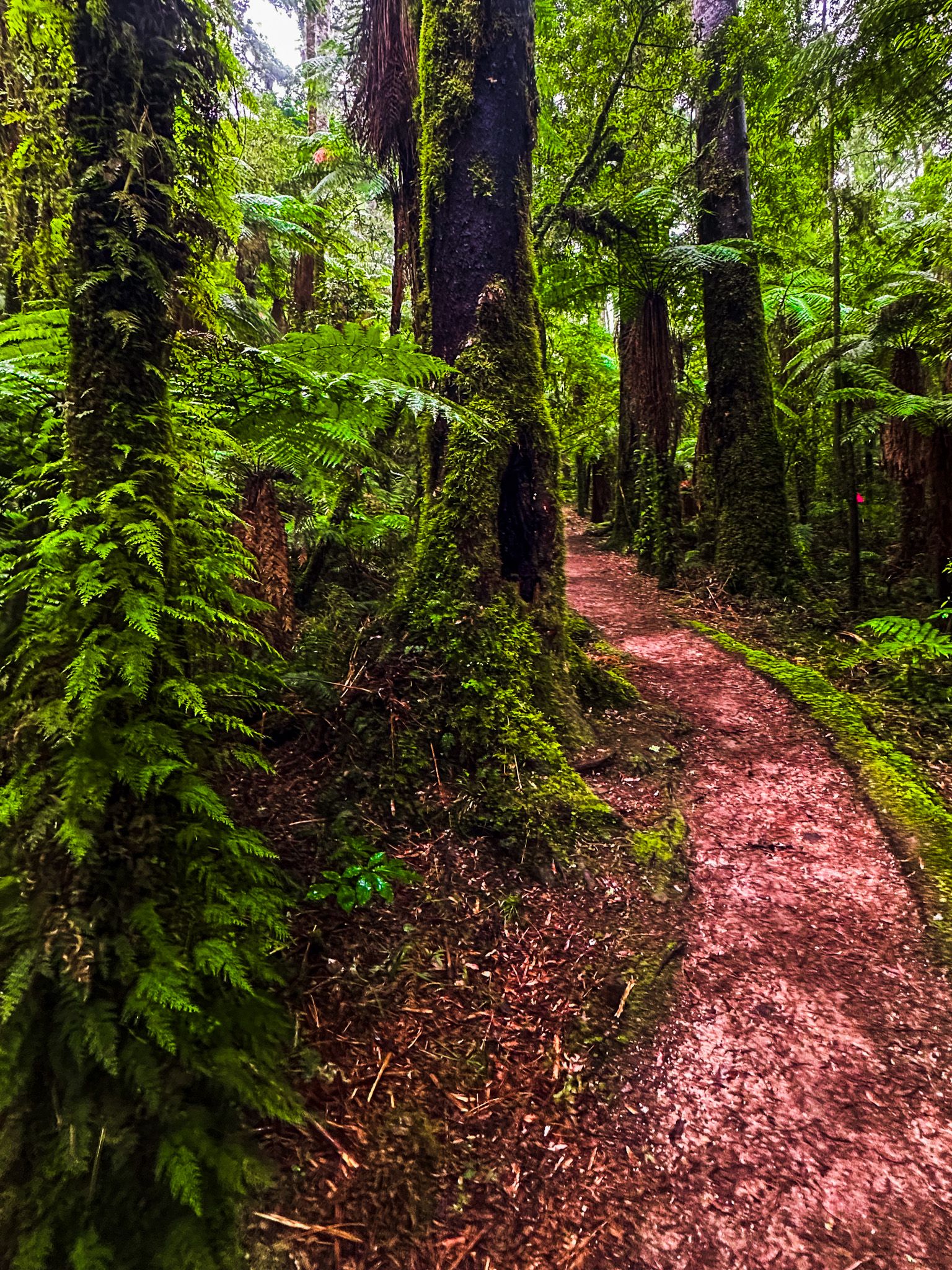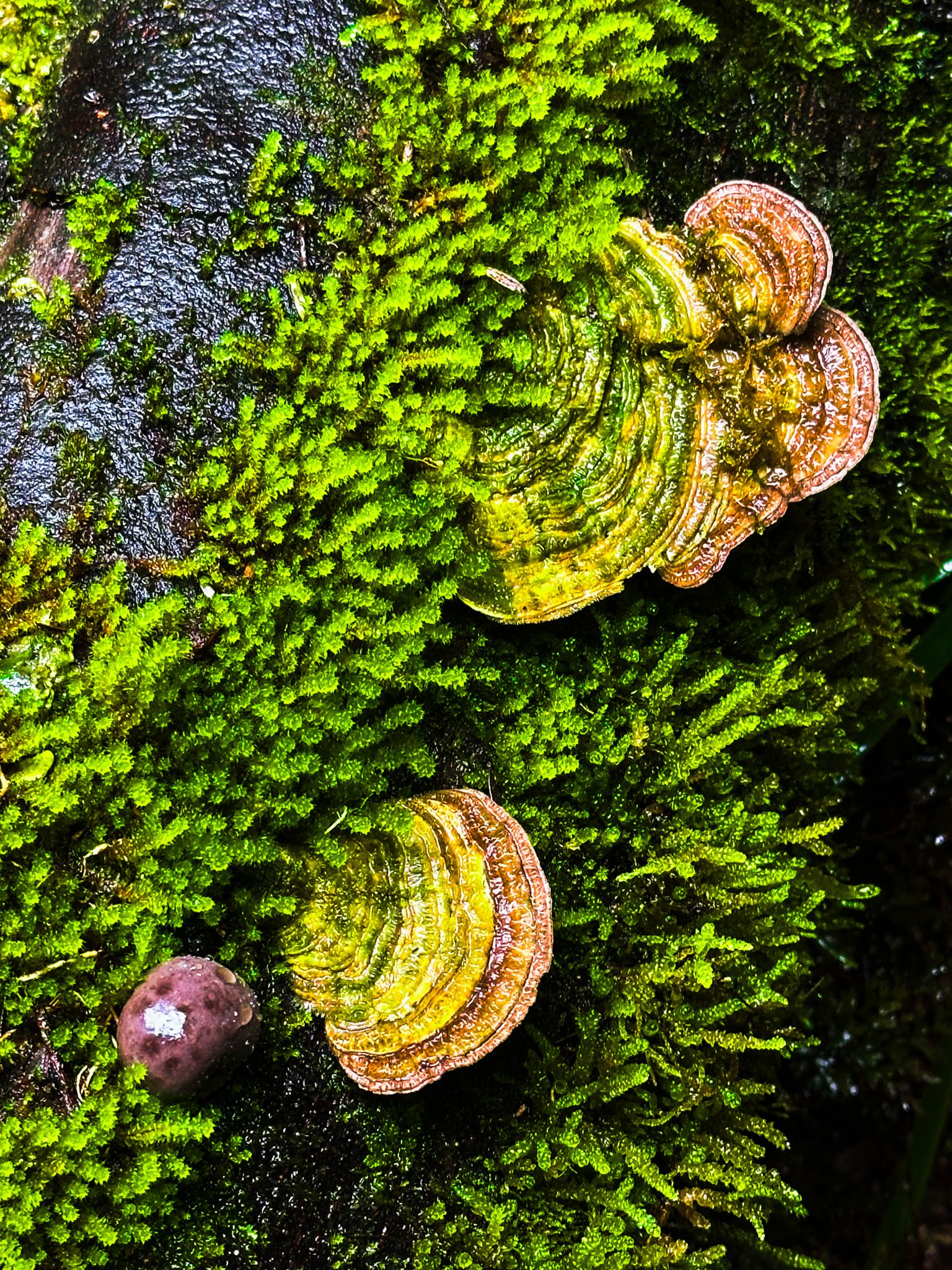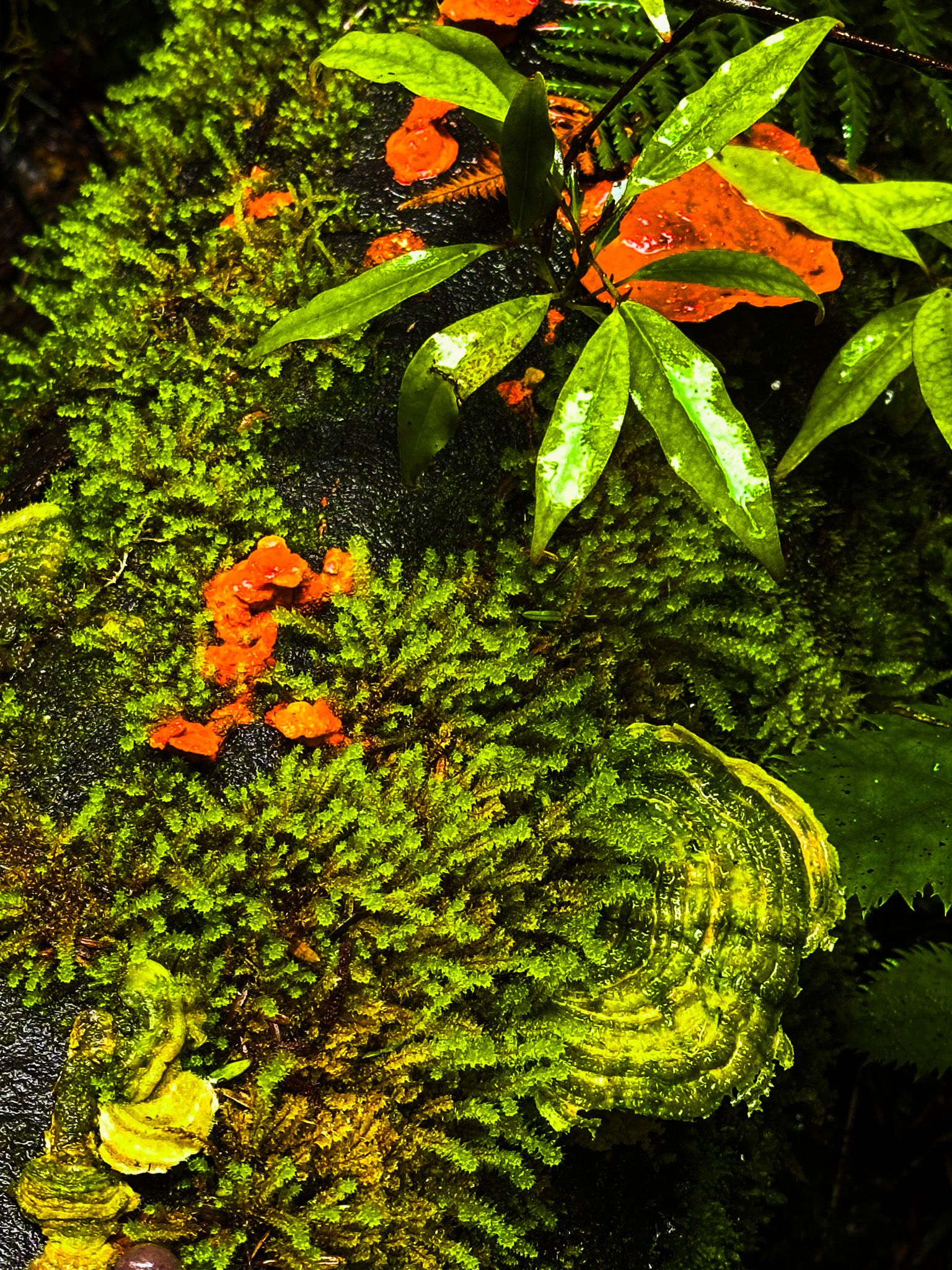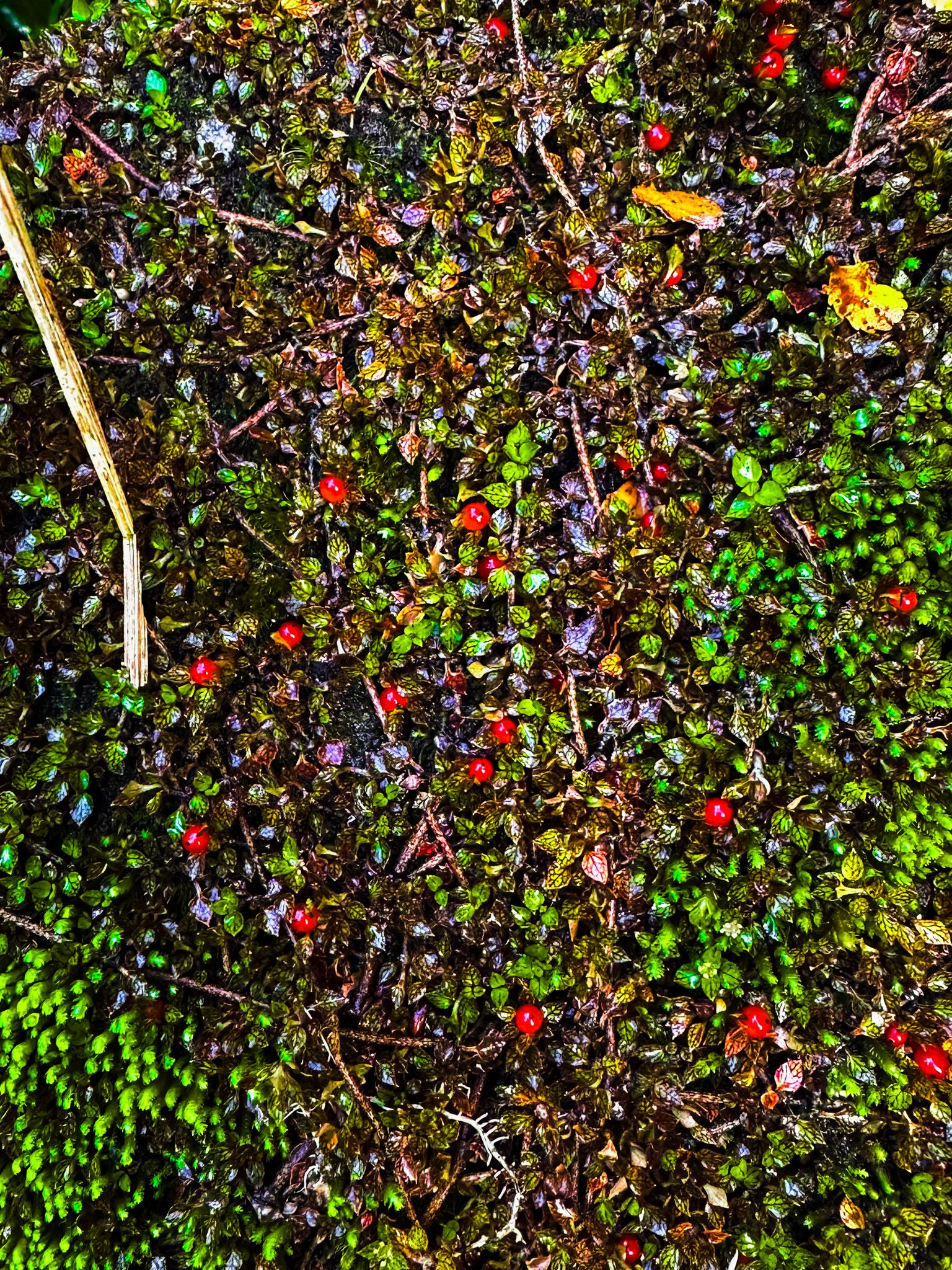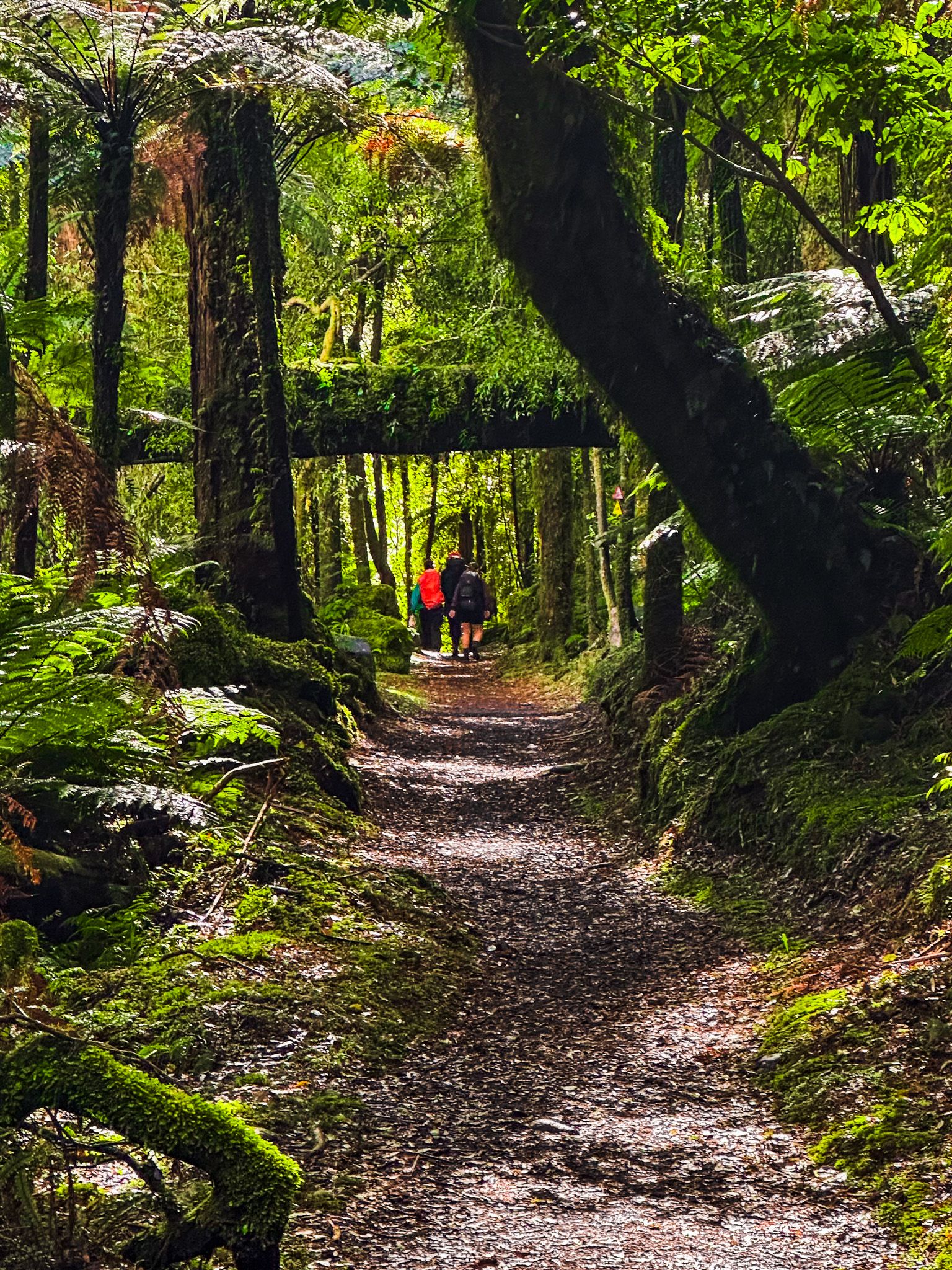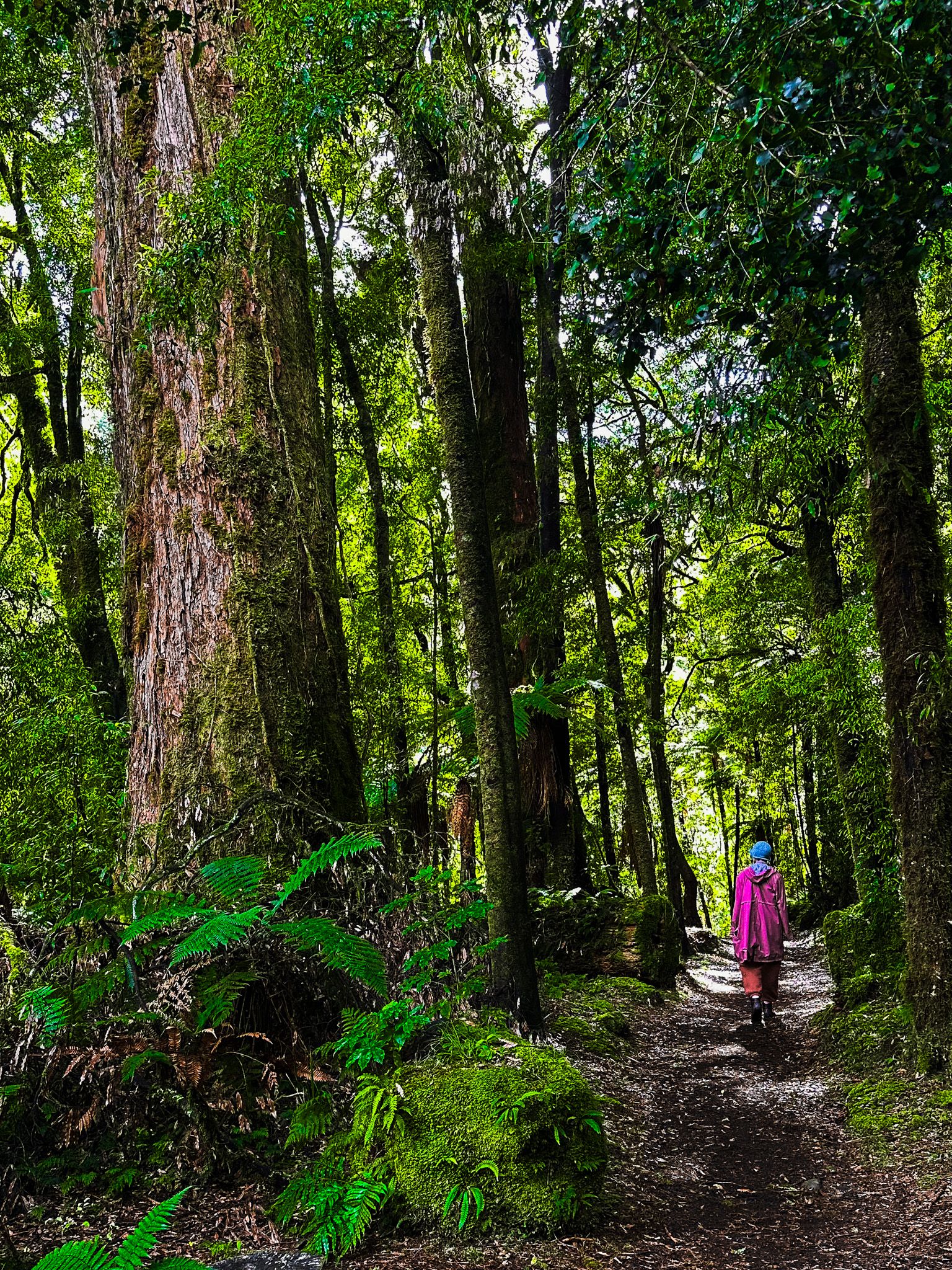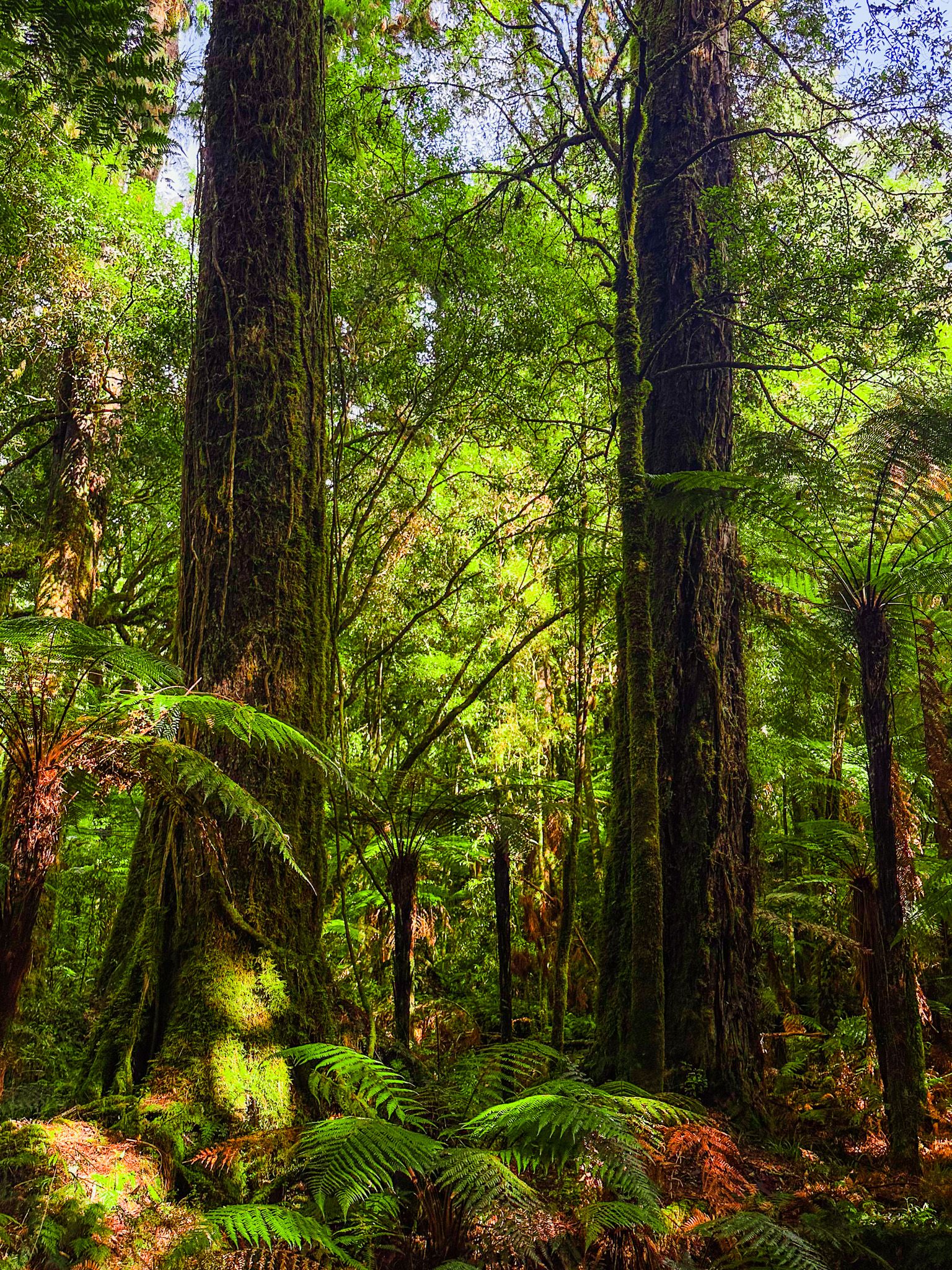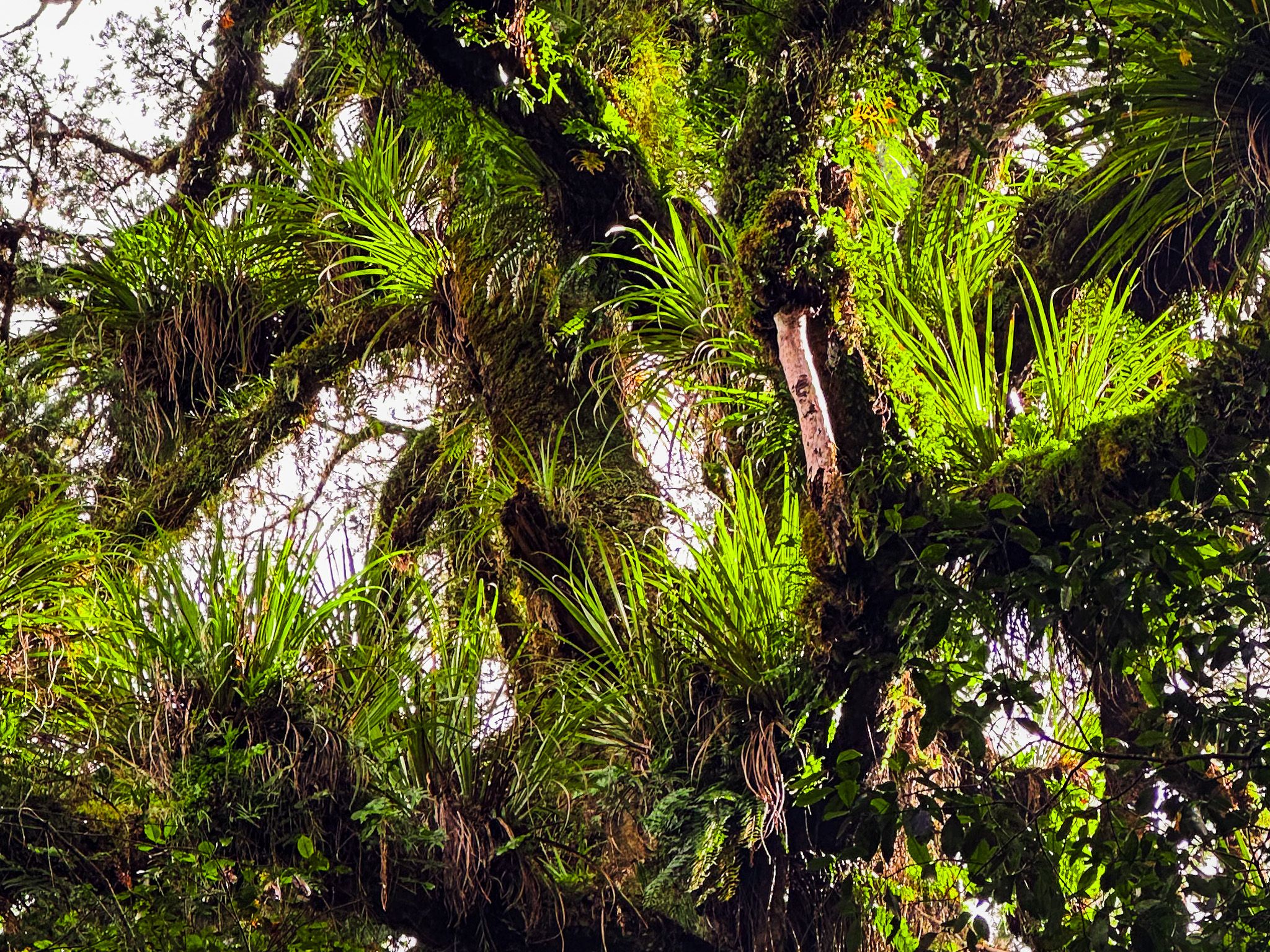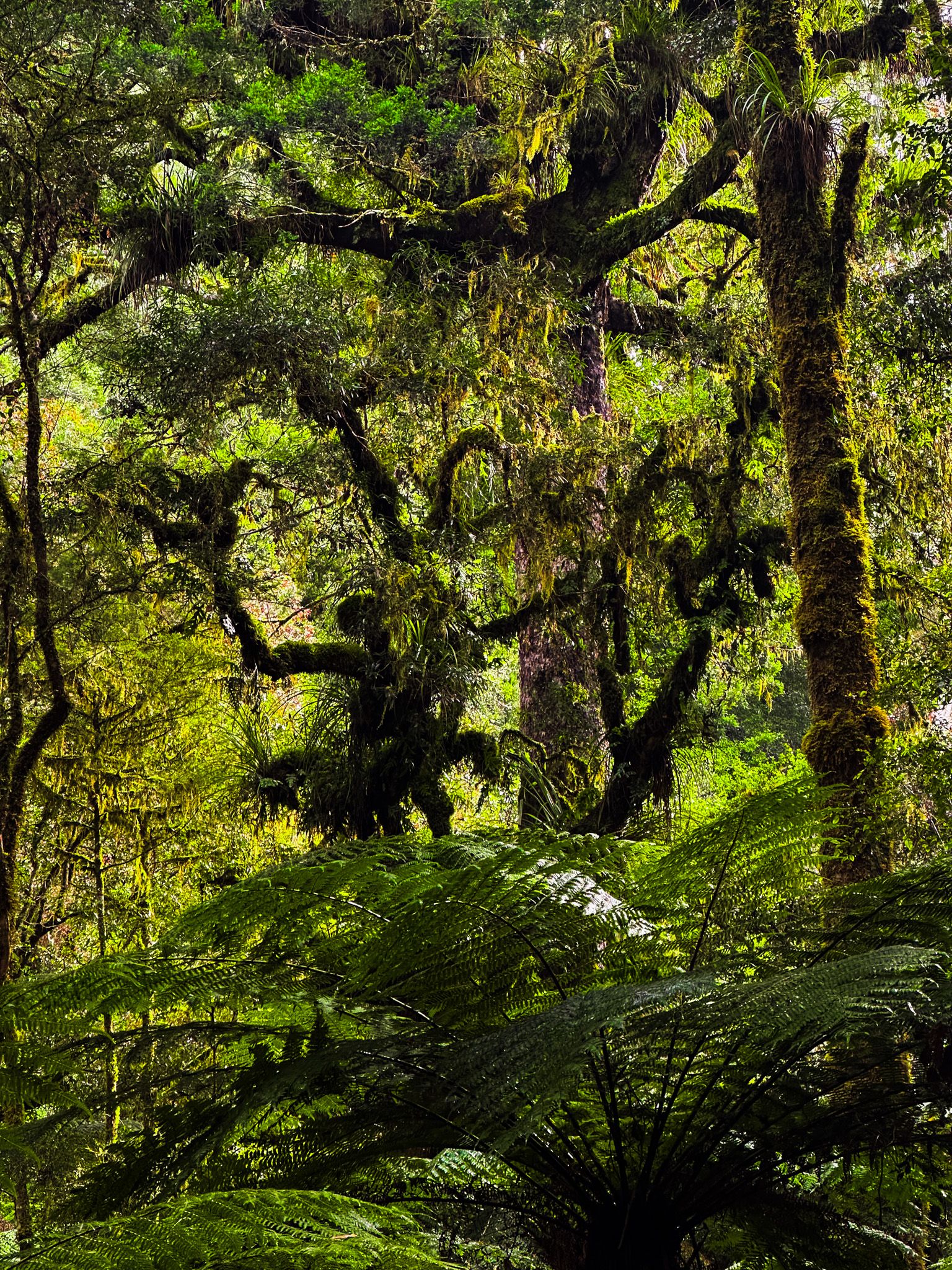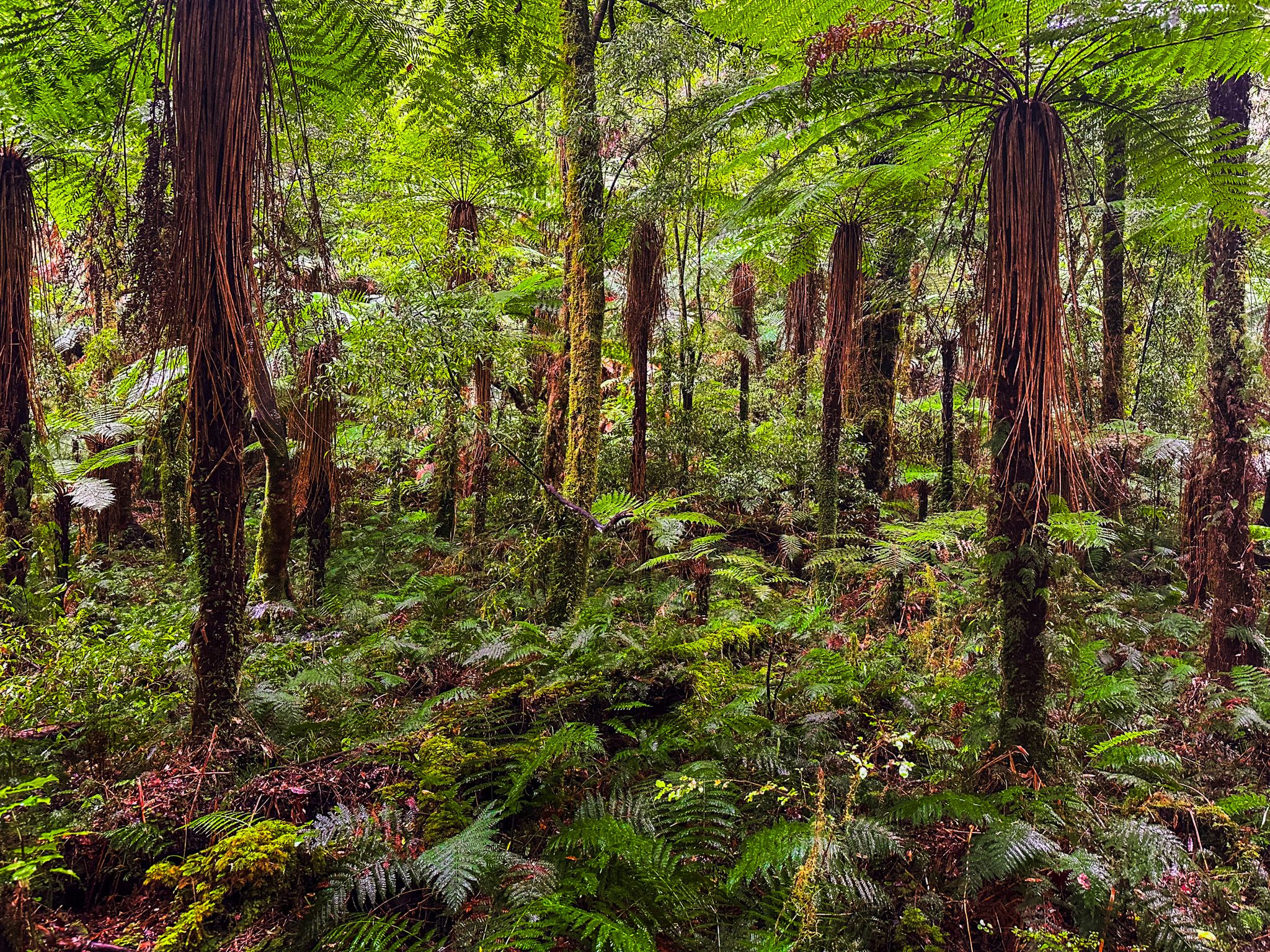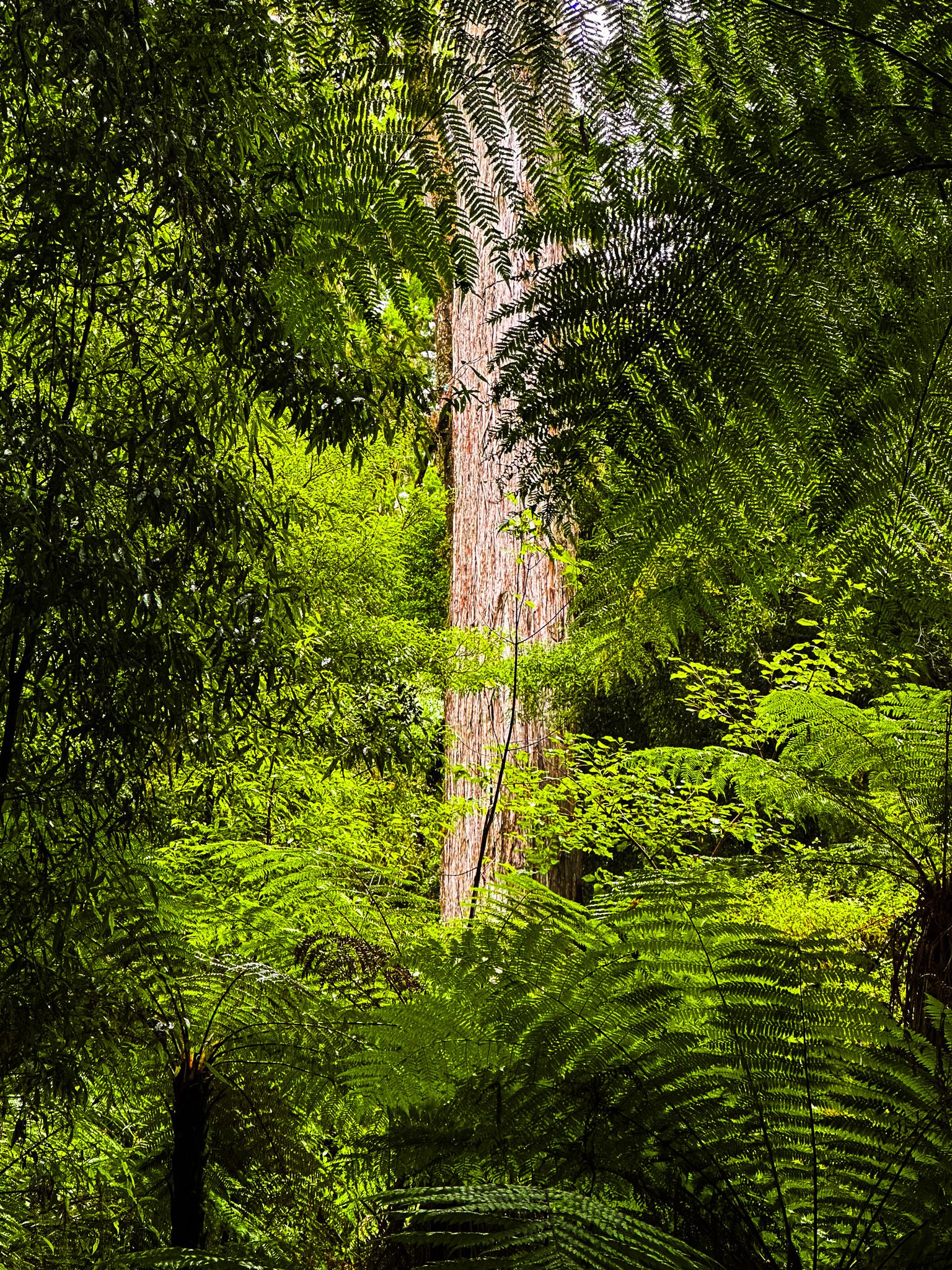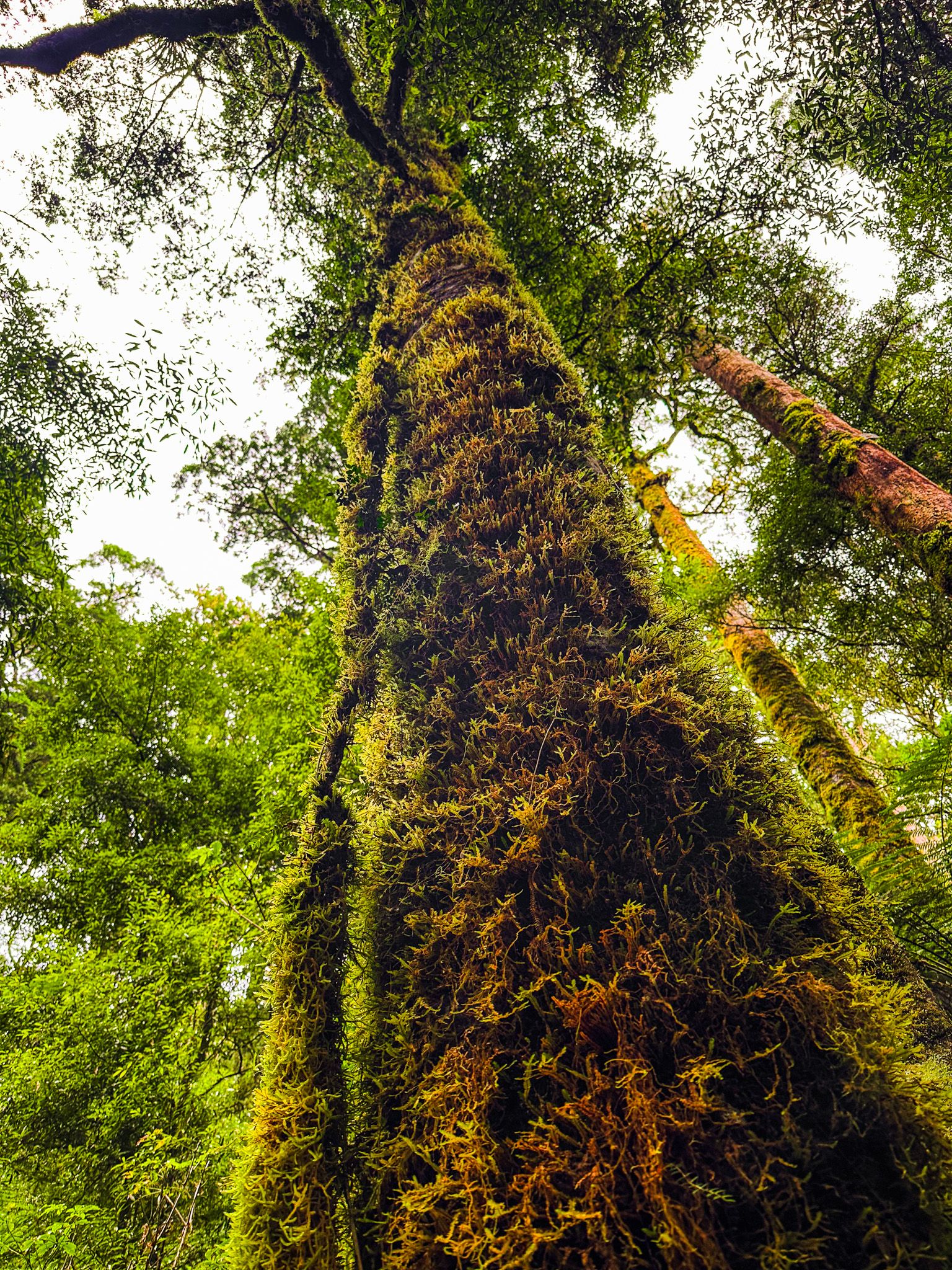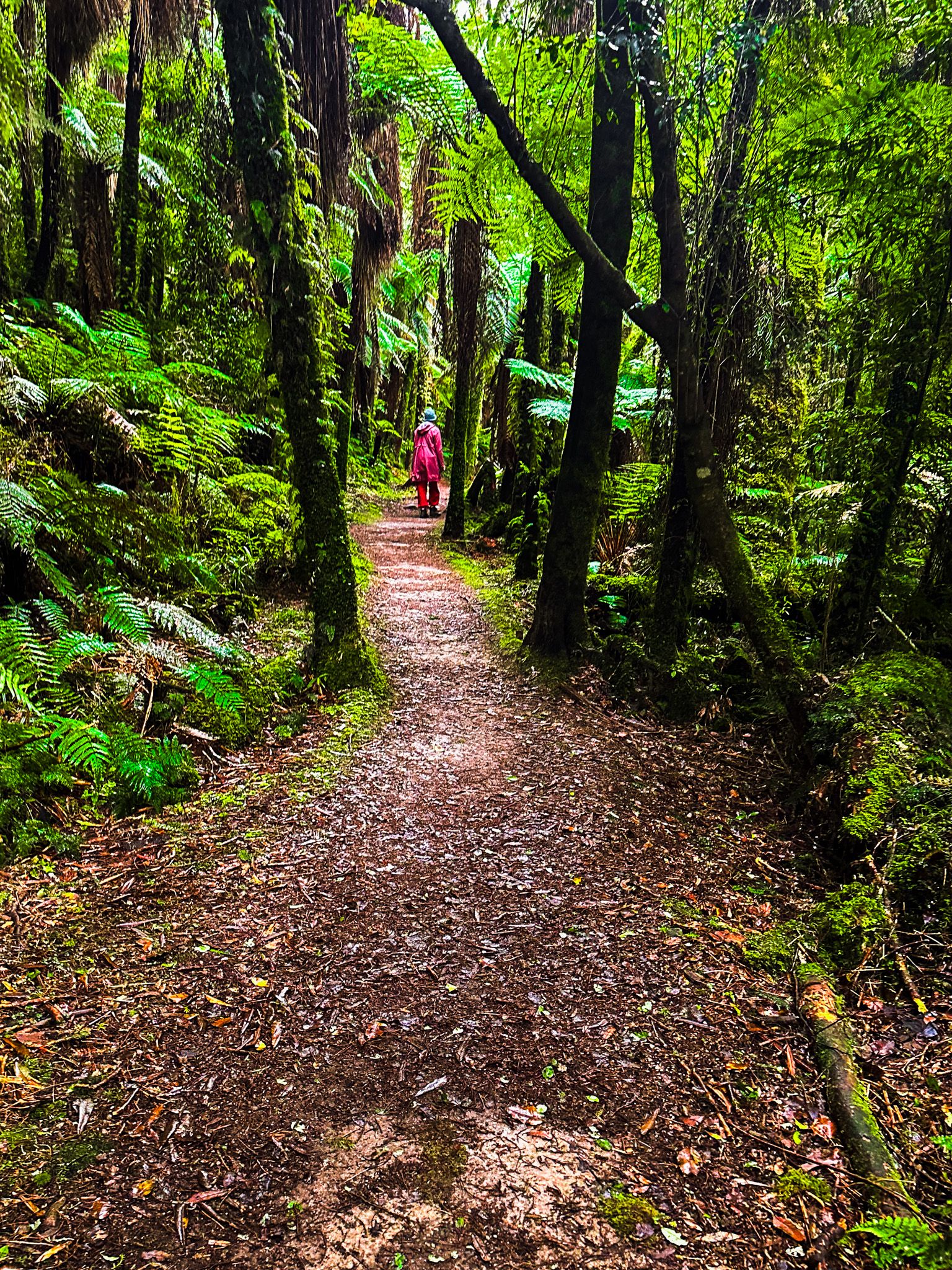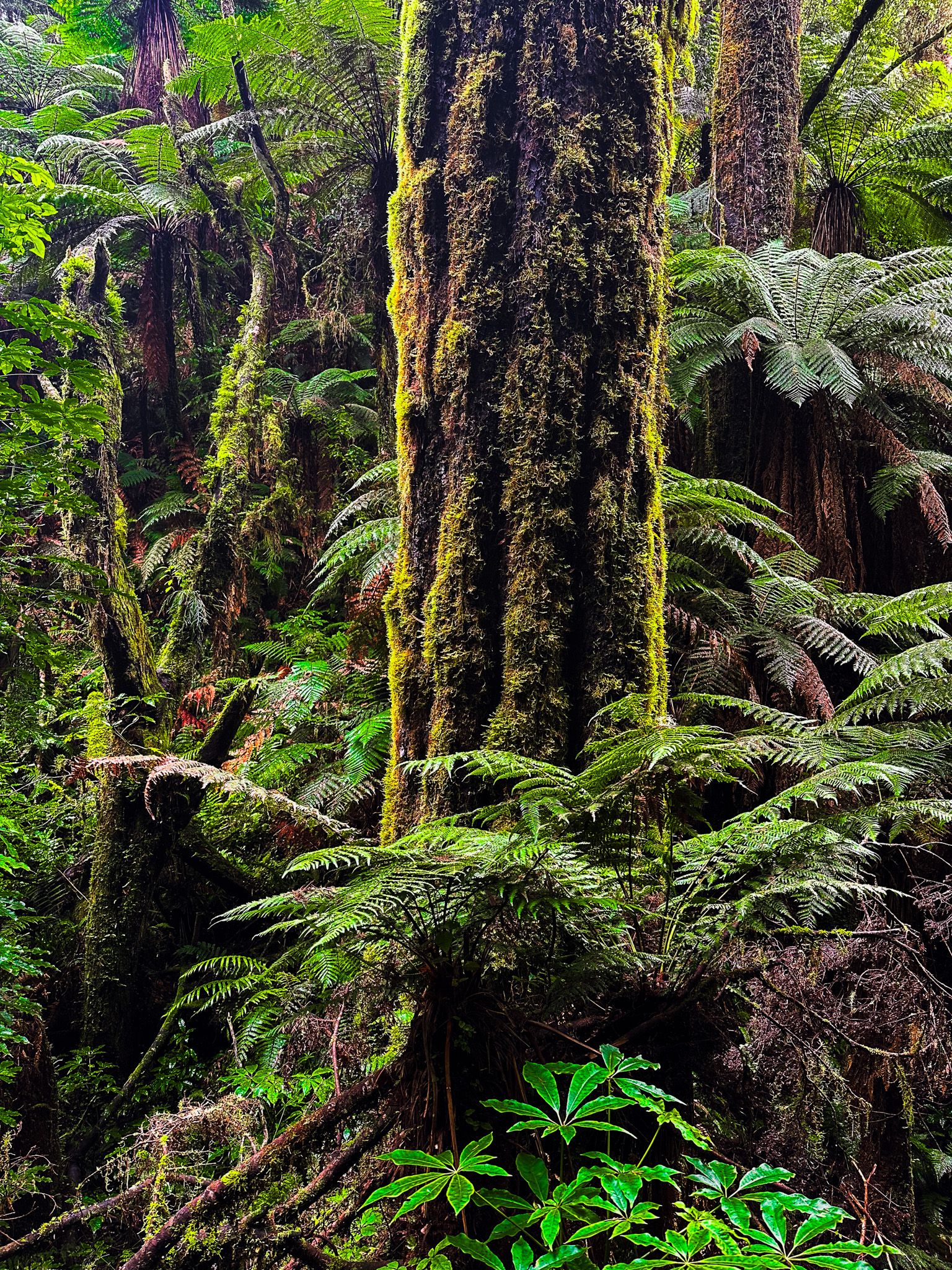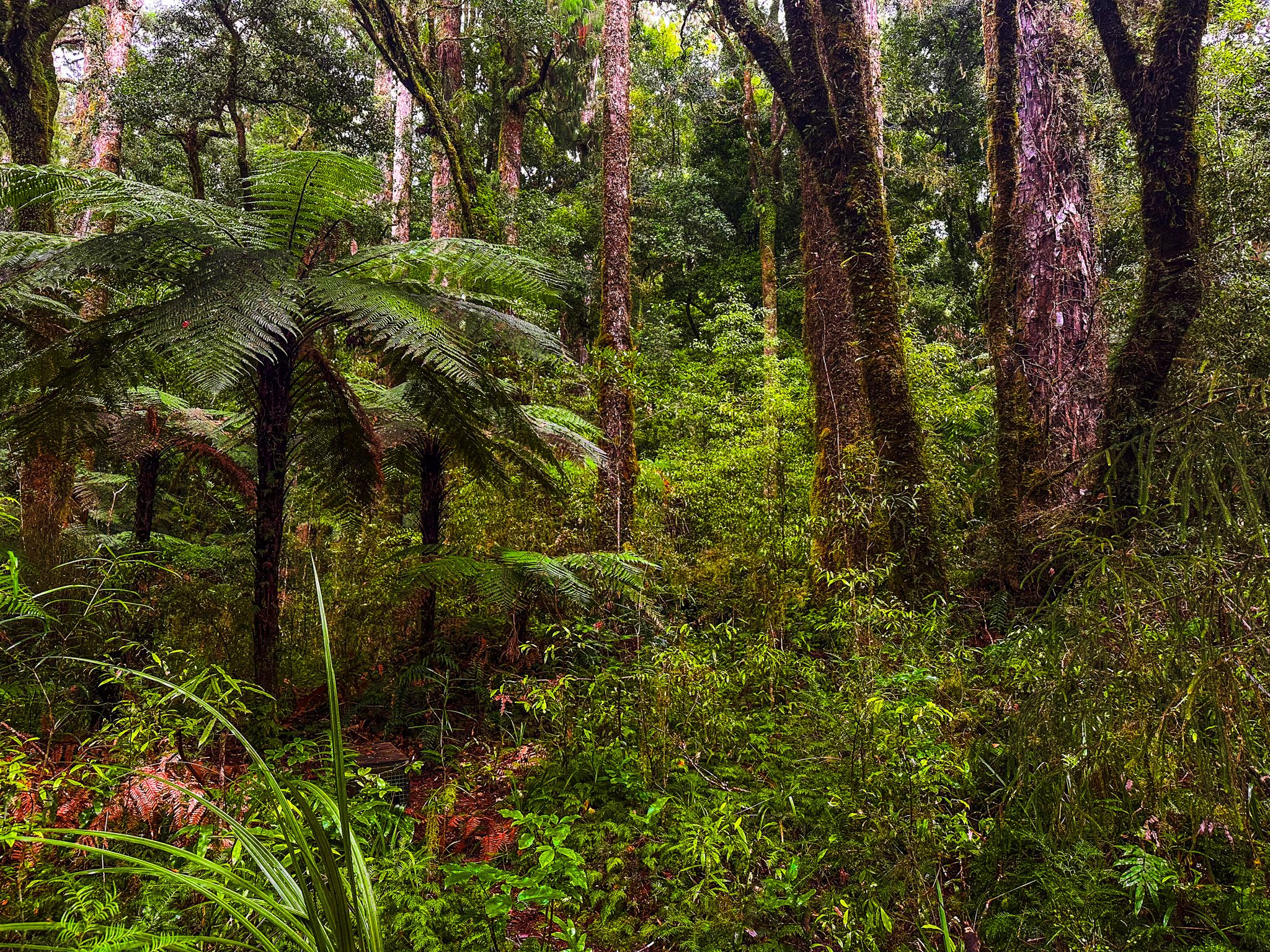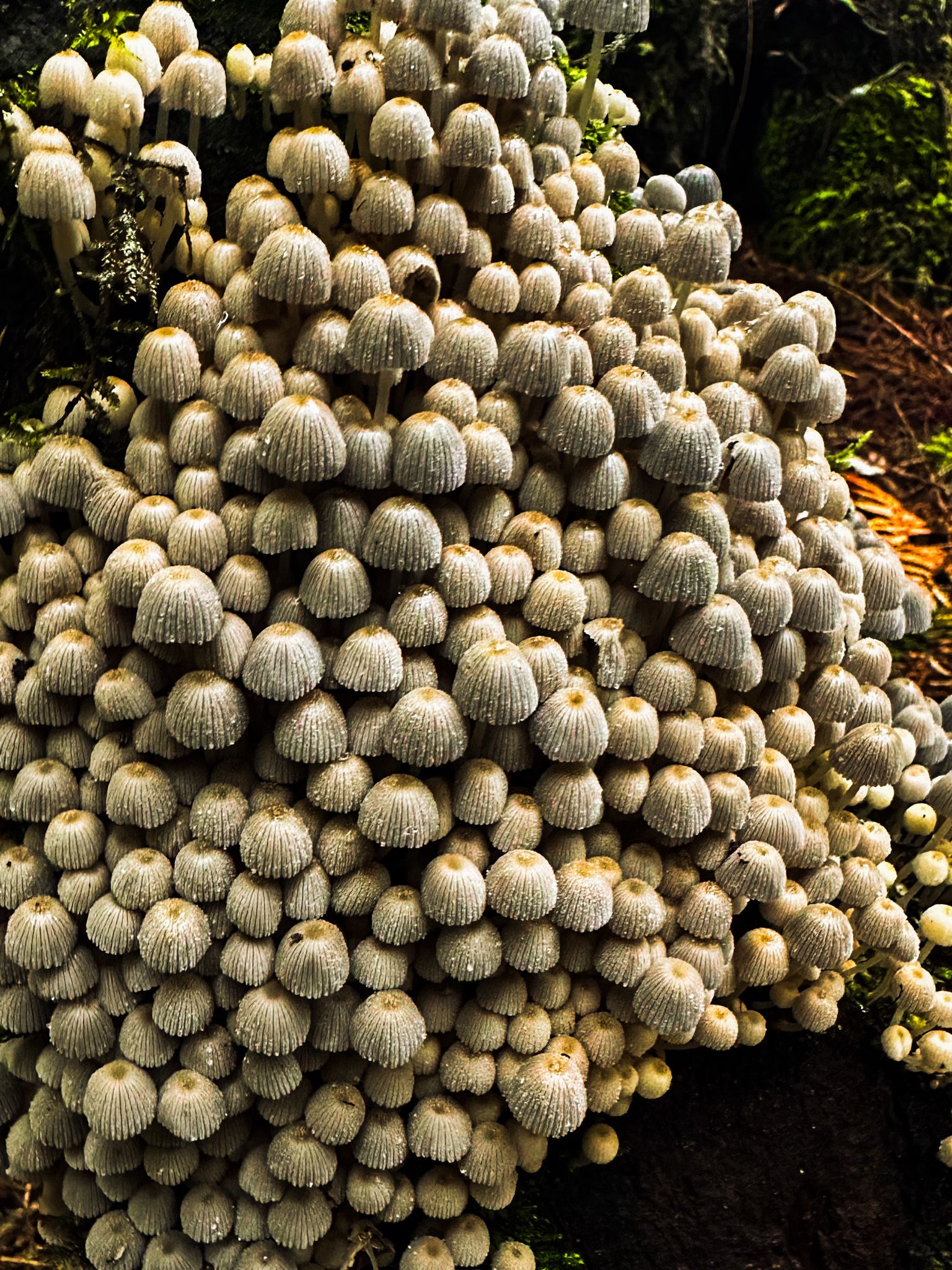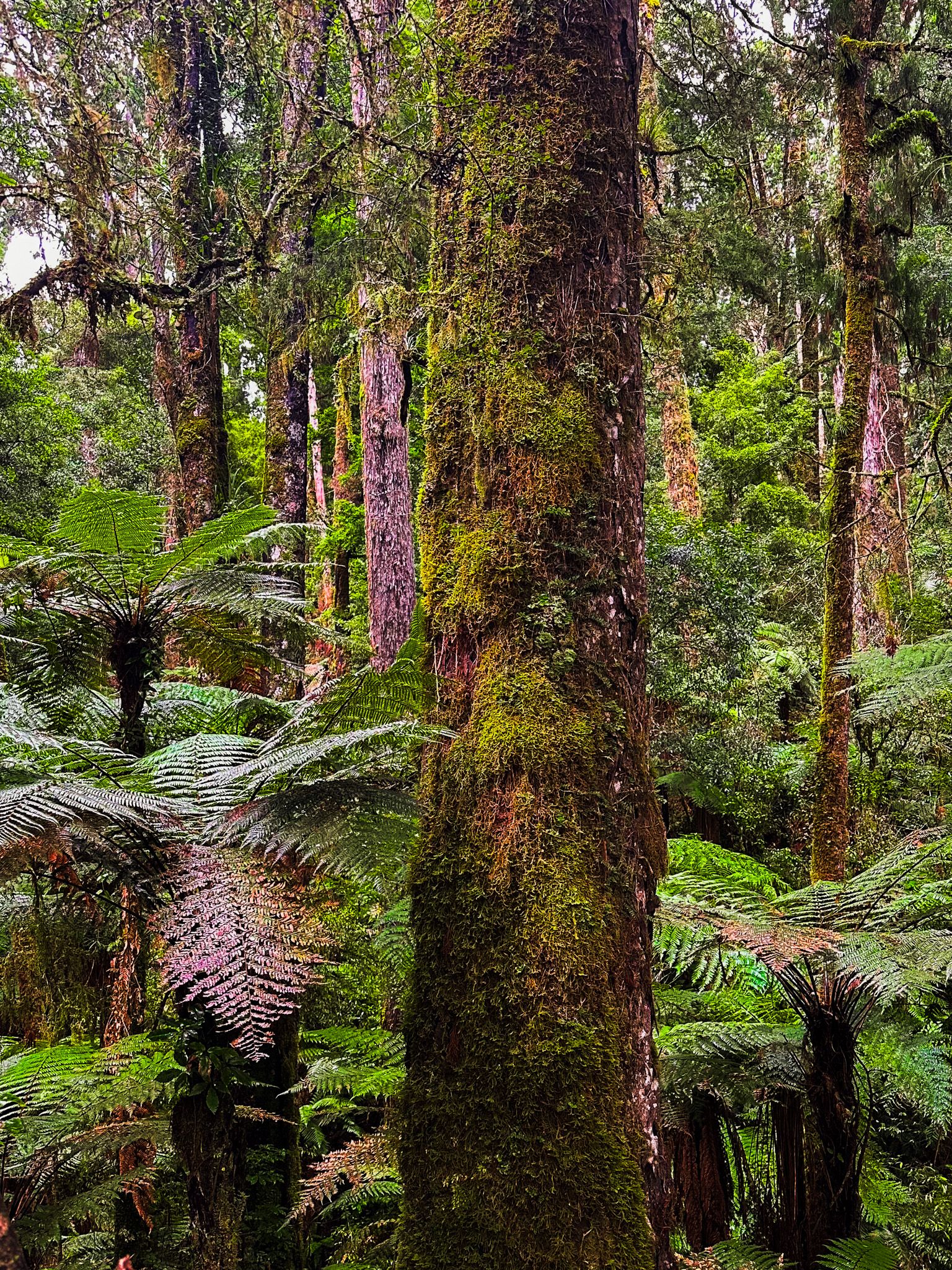Whirinaki Te Pua-a-Tāne Conservation Park is a stunning, remote 562 square km forest park in the Bay of Plenty region of the North Island. It sits between the enormous exotic Kaingaroa Forest and Te Urewera. Whirinaki is renowned internationally as one of the world's last prehistoric lowland rainforests, with ancient podocarp trees over 1,000 years old.
The park also represents how attitudes in NZ towards native forests have changed. The first Europeans saw them strictly as a resource, and they were largely cleared from the region by the early 1900s, including sections of Whirnaki. Part of the forest was replanted in exotic pine, and the support town of Minginui was established in the Whirinaki River valley. At the time, Whirinaki was managed by the NZ Forest Service, which eventually attempted to manage a mix of recreational, conservation and harvesting activities. This came to a head in the 1970s when conservations drew battle lines at proposals to selectively log native ancients at Whirinaki and elsewhere, including Pureora Forest, north of Taupō.
The issue was very divisive between conservationists and locals who depended on logging, but DOC was established, and the surviving native forest part of the park was fully protected. There were also Treaty of Waitangi claims, and in 2012, the government signed a co-governance agreement with Ngāti Whare, the local iwi, as part of a treaty settlement. The name became Whirinaki Te Pua-a-Tāne Conservation Park. Te Pua-a-Tāne means the abundance of Tāne, and Tāne is the god of forests and birds. The parties also agreed on a huge regeneration project, with 640 ha of adjacent exotic pine to be converted to native forest. David Bellamy agreed to be the patron of the project. Today, Minginui is the centre of one of the largest native plant nurseries in the country.
The closest towns to Whirinaki are Whakatāne to the north, Rotorua to the northwest and Taupō to the southwest. The main access to the park is through the enormous commercial exotic Kaingaroa Forest on State Highway 38 to Marupura and then via Te Whaiti Road towards Te Urewera. At the tiny community of Te Whaiti, turn onto Minginui Road, which follows the farmed Whirinaki River valley to the small town of Minginui. The main entrance into the forest is shortly after the town. From the entrance, cross the river, then follow River Road through a short section of exotic pines, including recent harvesting, then forest regrowth, to the car park. Spectacular ancients surround the car park. The juxtaposition from farmland to exotics to ancients is astonishing; the rural history of NZ in reverse!
Several short to half-day walks from the car park include Waiatiu Falls, Te Whaiti-Nui-A-Toi Canyon, and Whirinaki Falls. You can also drive a bit further to the start of the Arohaki Lagoon Track. Multi-day tramping tracks with huts also connect with two other access roads. Even the shortest of walks is superb, with big ancient trees dripping in moss and lichen, exotic funghi (in season) and a few examples of goblin trees (ancient kamahi, long bent out of shape).
Other short walks, accessible from side roads, include the H Tree Loop Walk, the Wiremu Merito Reserve, and the Sanctuary Loop Walk. An MTB track is accessible beside the H Tree Loop. The Sanctuary campsite offers camping, and Ngāti Whare operates a beautiful campsite beside a waterfall at Mangamate. Check here for open dates and availability.
